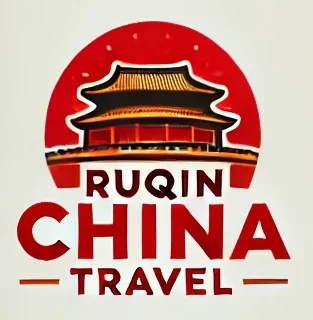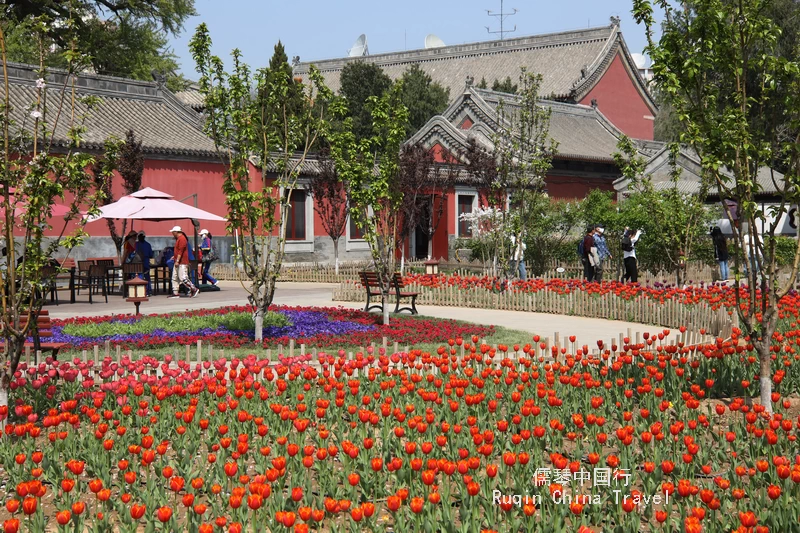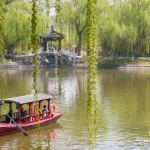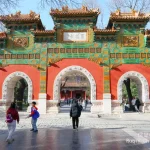This guide”10 Non Touristy Things to Do in Beijing” is tailored for travelers looking for truly off-the-beaten-path-hidden gems, the places that are quieter, less commercialized, and more authentically local. Here are 10 hidden gems in Beijing that fewer tourists visit but still offer amazing cultural, historical, and local experiences
Each recommendation promises an enriching journey into the heart of the city’s culture, history, and lifestyle. Whether you’re a returning visitor or a curious first-timer, these ” unusual things to do in Beijing” offer a unique perspective of Beijing, blending the ancient with the contemporary. Get ready to explore the city’s soul, one hidden alley at a time.
1. Beijing Zizhuyuan Park
Beijing Zizhuyuan Park — also known as Purple Bamboo Park — is a hidden gem that blends the elegance of southern Chinese gardens with the grandeur of northern imperial design. It’s more than just a scenic retreat; it’s the only royal garden in Beijing that’s completely free to enter.
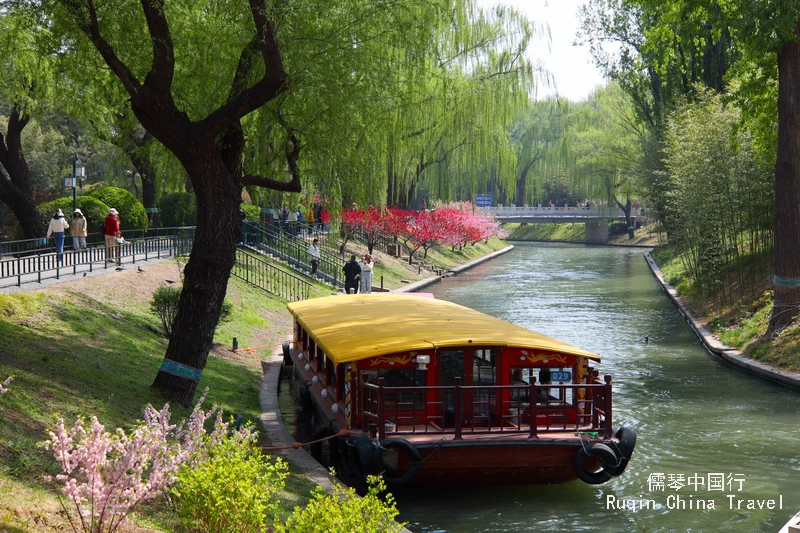
Zizhuyuan Park stands out not just for its beauty, but for its deep imperial history. Long ago, this was more than just a peaceful garden — it was part of the royal travel route.
During the Qing Dynasty, Emperor Qianlong and the Empress Dowager often passed through here by boat on their way to Wanshou Temple and Suzhou Street. The park’s grounds even housed a temporary royal palace, where the emperor and his entourage would rest before continuing on to the Summer Palace.
2. Wanshou Temple (Beijing Art Musuem)
Tucked away in western Beijing, Wanshou Temple (万寿寺) is often called the “Little Forbidden City of the West.” This hidden gem combines imperial grandeur with the calm, spiritual atmosphere of a centuries-old Buddhist temple.
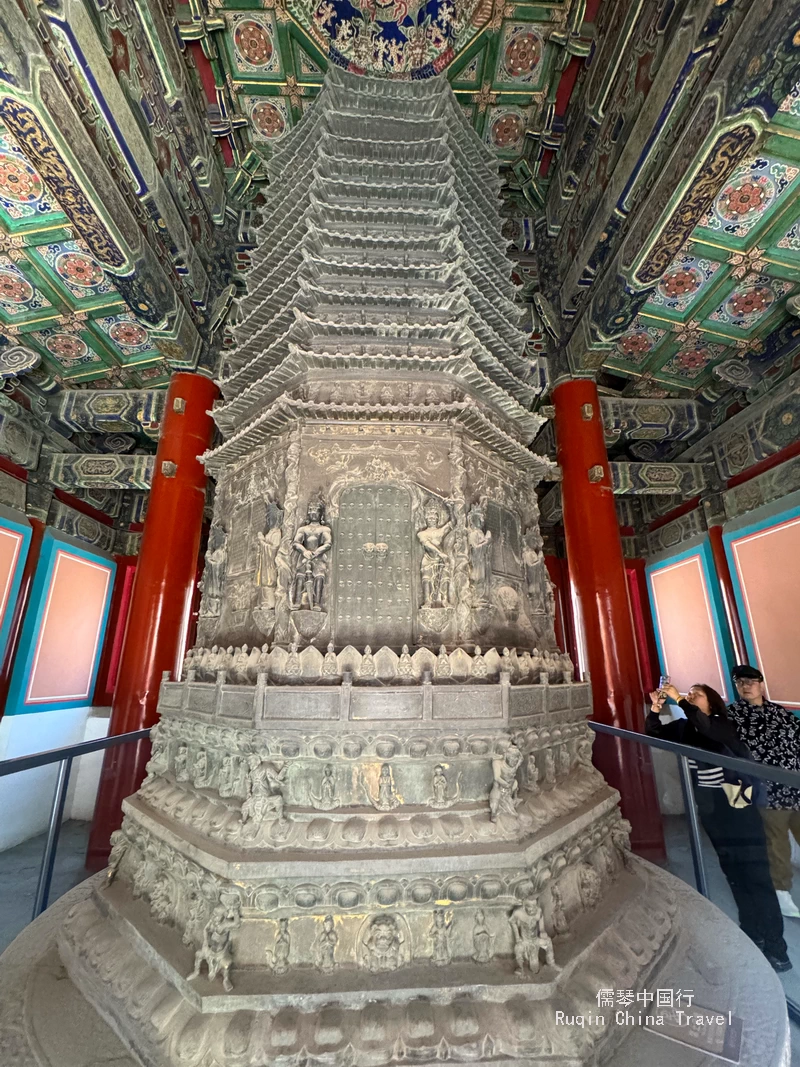
Built during the Ming and Qing dynasties, it once served as a sacred place where emperors prayed for longevity and prosperity. Today, it’s also home to the Beijing Art Museum (北京藝術博物院), which houses an impressive collection of Buddhist statues, imperial calligraphy, traditional paintings, and antique Chinese furniture.
3. Five Pagoda Temple (Beijing Stone Carving Museum)
Tucked away in the heart of Beijing, the Five Pagoda Temple — also known as Wuta Temple or Zhenjue Temple — is a peaceful and often overlooked treasure. With a history spanning more than 600 years, this sacred site features a rare fusion of Indian and Chinese architectural influences, making it one of the city’s most distinctive and culturally significant Buddhist temples.

Today, the Five Pagoda Temple also houses the Beijing Stone Carving Art Museum, where visitors can admire exquisite examples of ancient stone craftsmanship. Its standout attraction is the remarkable Diamond Throne Pagoda — a five-towered structure richly decorated with intricate carvings and sacred symbols.
👉Explore Our Curated Beijing Tours
Getting There
By Car: Driving is not recommended due to limited parking and heavy traffic near Beijing Zoo.
By Subway: Take Line 4 or Line 9 to National Library Station. Use Exit C, then walk for about 10 minutes.
By Bus: Routes Te19, 86, 319, and others stop at National Library.
4. Caochang Hutongs in Beijing
Beijing, a city steeped in history and culture, offers travelers countless opportunities to explore its past through the traditional alleys known as hutongs. Among these, Caochang Hutongs(草厂) stand out as a hidden gem, offering a glimpse of authentic old Beijing life. These well-preserved alleys are located near Qianmen and remain largely untouched by commercialization, making them an ideal destination for those seeking to experience Beijing’s true charm.
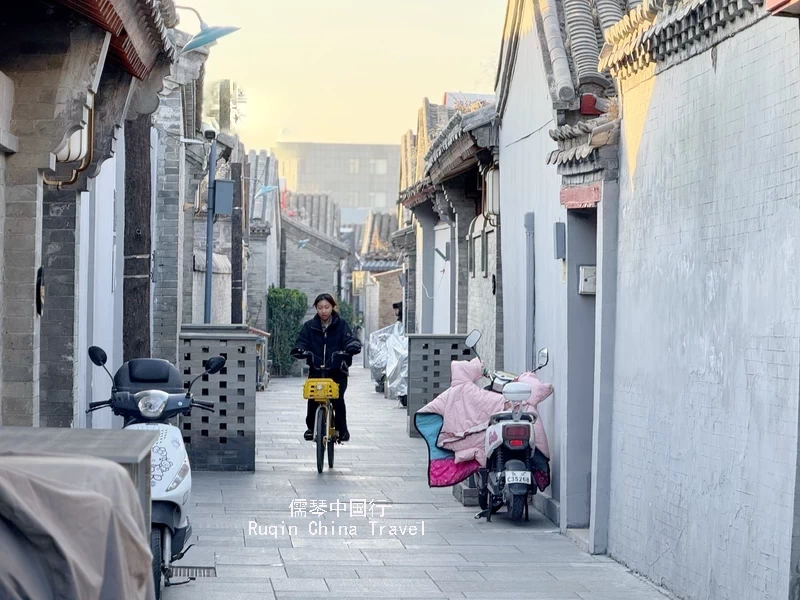
These alleys are not just remnants of old Beijing but are still lived-in, offering a true snapshot of local life. The hutongs are neatly arranged from west to east, with ten hutongs in total, and are the only north-south aligned hutongs in the city. The Caochang Hutong area is also one of the best-preserved historical hutong districts in Beijing, making it a perfect place to step back in time and see what life was like in ancient Beijing.
5. Experience Local Flavors at a Neighborhood Market
For a taste of local life, visit a neighborhood market. Sanyuanli Market (三源里市场), for example, is a bustling spot where locals shop for fresh produce, seafood, and spices.
Here, you can sample authentic street food, such as jianbing (savory crepes) and baozi (steamed buns). This market offers a sensory feast and a chance to interact with friendly vendors.
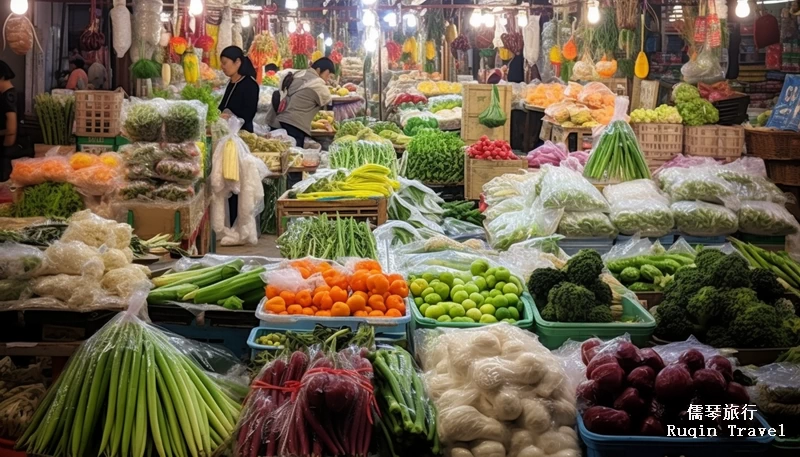
Location and How to Get There
Sanyuanli Market is located on the left side of Building 2, Shunyuanli, along the East Third Ring Road. To reach the market, take bus routes 403 or 300, alighting at Sanyuanqiao Station, or subway line 10 to Liangmaqiao Station, which is a short walk away.
三源里市场位于东三环顺源里2号楼的左侧。前往市场可以乘坐403路或300路公交车,在三元桥站下车,或者乘坐地铁10号线到亮马桥站,步行一小段路即可到达。
👉Explore Our Curated Beijing Tours
Opening Hours
The market operates daily, usually opening early in the morning around 6:00 am and closing in the late evening. The best time to visit is in the morning when the produce is freshest.
6. Xishiku Church (Church of the Saviour )
Xishiku Church (西什库教堂), also known as Church of the Saviour , located in the Xicheng District of Beijing, is one of the oldest and most significant Catholic churches in the city. Built in 1693 by French Jesuits, it originally stood near Cangchi Kou (蚕池口)and was completed in 1703. Locals called it Cangchi Kou Church (蚕池口教堂) due to its location. In 1887, the church moved to its current site on Xishiku Street (西什库大街).
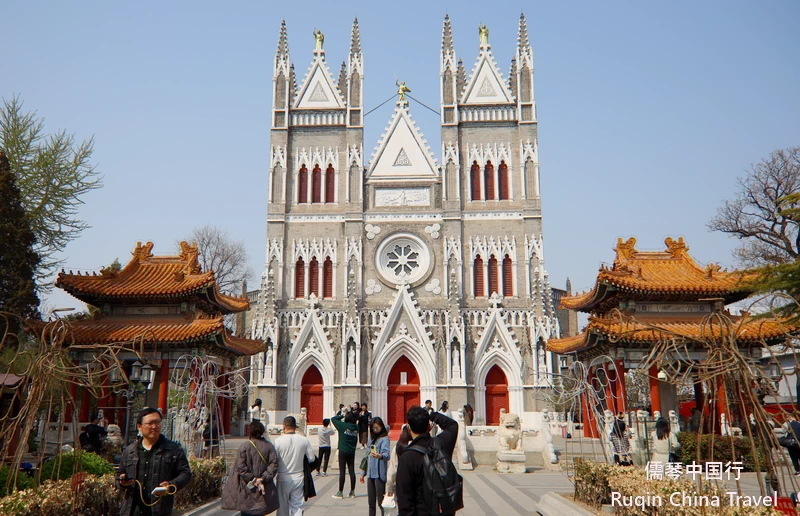
Xishiku Church‘s layout is in the shape of a cross. On either side of the main entrance, there are two Chinese-style pavilions. Inside each pavilion, you’ll find important historical stones: one commemorates the 1889 imperial order to move the church, and the other is a bilingual (Manchu and Chinese) plaque marking the church’s establishment
Address: No. 33, Xishiku Street, Xicheng District, Beijing
Phone: 010-66132240, 010-66175198
Opening Hours: 09:00 – 17:00 (Regular Hours)
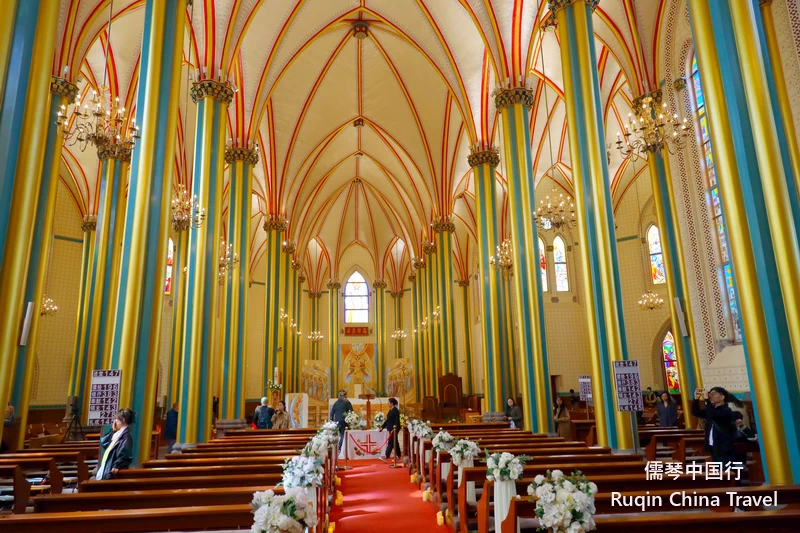
The church offers a peaceful escape with its serene atmosphere and historical charm. To get there, take Subway Line 4 to Xisi Station 西四站 (Exit D) and walk for about 5 minutes.
Note: The Four Major Catholic Churches in Beijing
The four major Catholic churches in Beijing are the North Church (Xishiku Church), South Church (Xuanwumen Church), West Church (Xizhimen Church), and East Church (Wangfujing Church). Xishiku Church was once the cathedral of the Catholic Diocese of Beijing for a long time. It is one of the larger and older churches in Beijing.
7. Miaoying Temple (White Stupa Temple)
Beijing is a city filled with world-renowned landmarks like the Forbidden City and the Great Wall. However, nestled away from the crowds lies a hidden gem that often goes unnoticed: Miaoying Temple, also known as the White Stupa Temple. Offering a peaceful retreat from the hustle and bustle, this temple provides a unique blend of architectural beauty, historical significance, and serene surroundings. For those looking to explore a quieter, yet fascinating side of Beijing, Miaoying Temple is a must-visit.
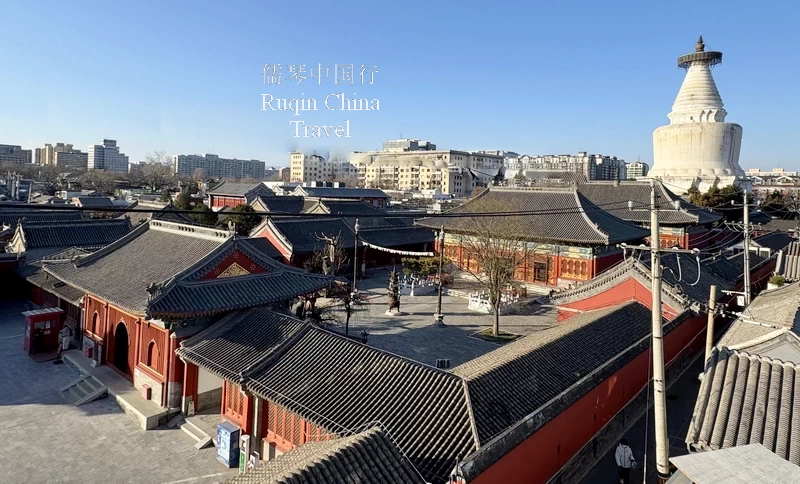
The White Stupa combines elements of Indian, Tibetan, and Nepali architectural styles. It is the earliest and largest Lamaist stupa in China and is built with brick and stone. The stupa’s design follows the Su Zhubo style (窣渚波), an ancient Indian form of stupa, while incorporating unique Nepali craftsmanship.
Miaoying Temple is conveniently located and accessible by public transport. Below are the best ways to reach this beautiful site:
By Subway:
Take Line 2 of the Beijing Subway to Fuchengmen Station. Exit from Exit B, then walk 600 meters east to reach the White Stupa. Alternatively, take Line 4 to Xisi Station and exit from Exit A. Walk about 800 meters west to the temple.
8. Explore Huguosi Hutong Snack Street
Huguosi Street, Beijing, also commonly known as Huguosi Snack Street or Huguosi Hutong Snack Street, is a treasure trove of traditional snacks, cultural heritage, and historical landmarks. This lively 600-meter street is perfect for travelers seeking to experience authentic Beijing life. Whether you’re a foodie or a history buff, Huguosi Street offers a delightful blend of flavors and stories that capture the spirit of old Beijing.
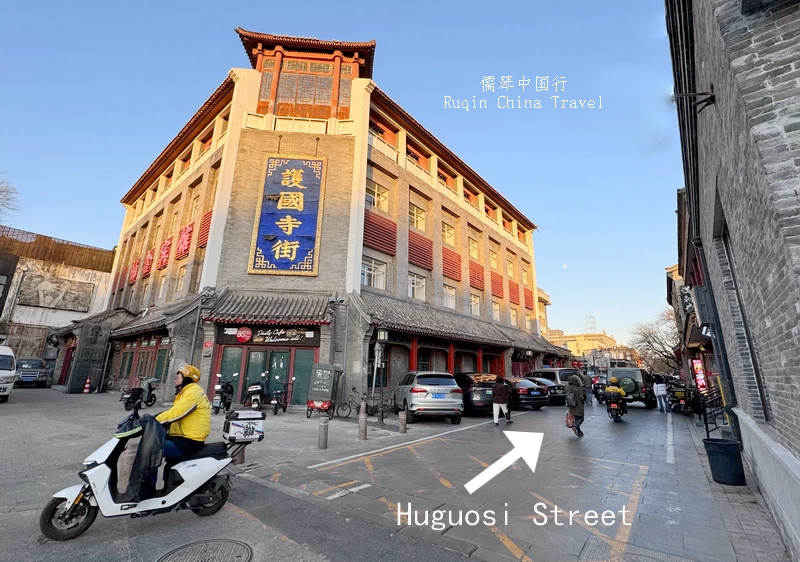
Huguosi Street offers an immersive experience into the heart of Beijing’s vibrant hutong life. Unlike some of the more commercialized hutongs like Nanluoguxiang, Huguosi Street is a bustling, lived-in neighborhood where locals continue to carry on everyday routines.
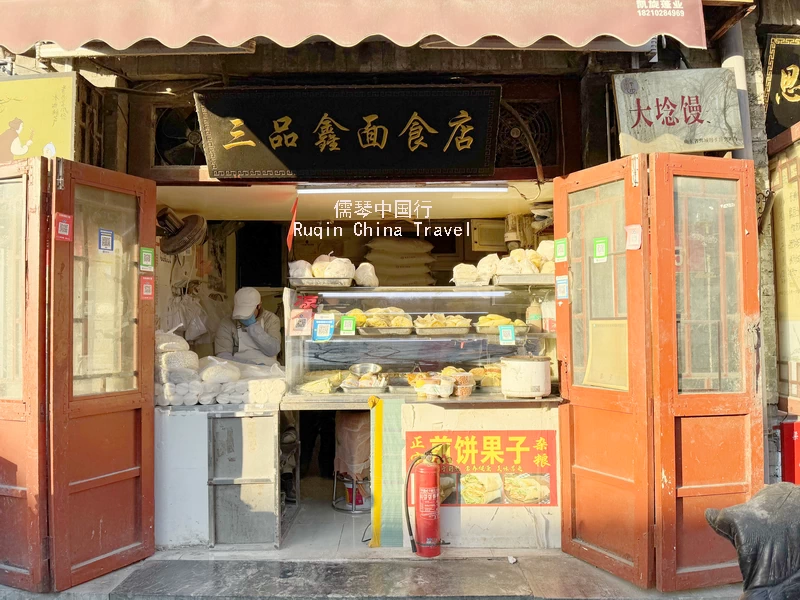
Getting to Huguosi Street is simple and convenient. The easiest way is by subway. Take Beijing Subway Line 4, 6 and 19 and exit at Pinganli Station (Exit B). From there, walk about 100 meters, and you’ll see the large Chinese characters “護国寺街” marking the west entrance to the street.
9. Ming Dynasty Wall Relics Park
A hidden gem in Beijing, the Ming Dynasty Wall Relics Park, also known as the Beijing Ming City Wall Ruins Park, offers a fascinating glimpse into China’s rich history. Located in the heart of Beijing, this park is not just a place for leisurely strolls; it’s a journey back in time.
The Beijing Ming City Wall Relics Park stretches about 1.5 kilometers from the southeastern corner of the city wall to Chongwenmen in the west. This remaining section of the original Beijing city wall is all that’s left of the once grand structure that surrounded the inner city. Built in 1419 during the Ming Dynasty’s Yongle reign, the wall has stood for over 600 years. Originally, the inner city of Ming City Wall spanned 24 kilometers, but only this small portion remains, offering visitors a rare glimpse into Beijing’s ancient defenses.
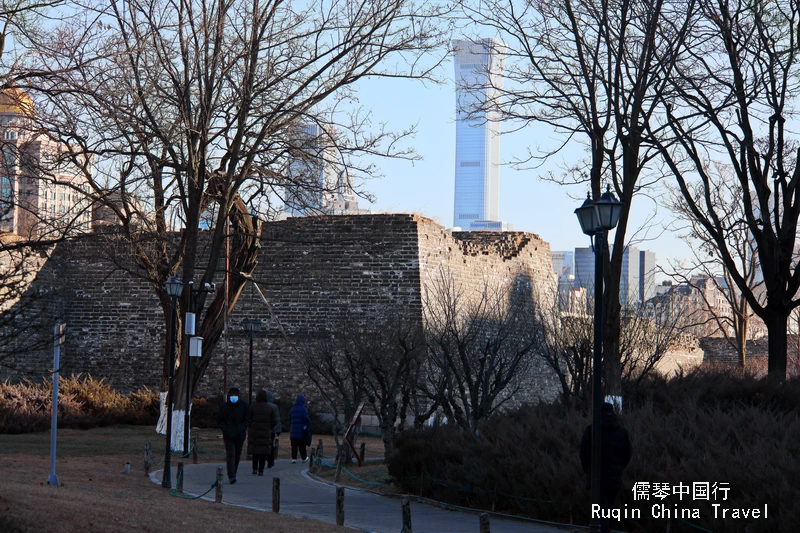
Beijing Ming City Wall Ruins Park is easily accessible by a variety of public transportation routes, making it convenient for visitors to reach the park from different parts of the city. Taking subway line 2 is most convenient. Hop on Line 2 and get off at Chongwenmen Station, Beijing Station ,or Jianguomen Station. From there, you can either walk or transfer to a bus for the final leg of your journey.
10. Beijing Ancient Observatory
The Beijing Ancient Observatory, a lesser-known yet fascinating destination, offers a unique insight into China’s rich astronomical history. This observatory is one of the world’s oldest and features a remarkable collection of historic instruments.
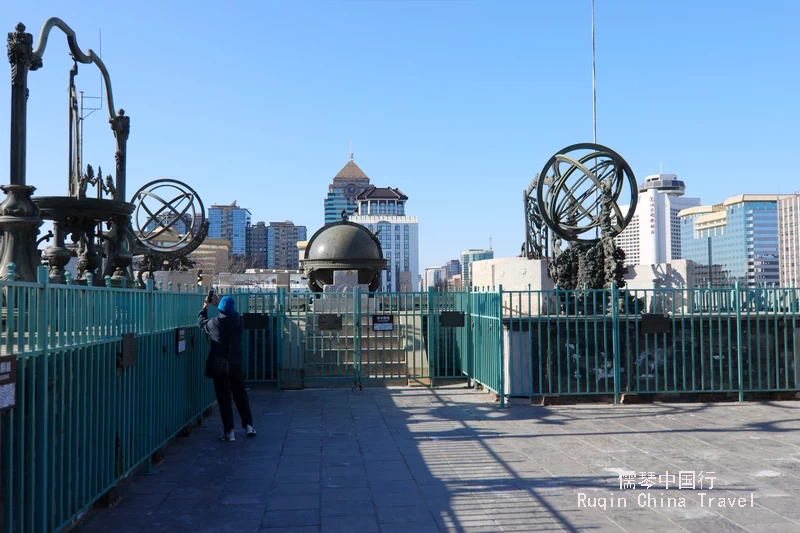
Reaching the Observatory: Located near Jianguomen, the observatory is easily accessible via Jianguomen Station on Subway Lines 1 and 2.
Exploring the Observatory: The observatory’s terrace displays ancient astronomical instruments blending Chinese and European design principles. These artifacts, dating back to the Ming and Qing dynasties, demonstrate China’s advanced astronomical knowledge. Don’t miss the celestial globes and sundials, which are not only historically significant but also works of art.
Beijing, a city of juxtapositions, reveals its true character when you step off the beaten path. This guide about 10 Non Touristy Things to Do in Beijing ( Hidden Gems in Beijing) offers a unique opportunity to engage with the city’s rich history, vibrant culture, and lively contemporary scene.
👉Explore Our Curated Beijing Tours
From the artistic havens to the tranquil parks, every corner of Beijing has a story to tell. We encourage you to explore these non touristy things and experience the Beijing’s authentic charm, just like a local.
More Beijing Travel Guides
Planning your Beijing tour? Our “Beijing Travel Guide“ section offers essential advice to help you navigate the city like a pro. From transportation tips and local customs to insider recommendations for hidden gems, these travel tips will ensure you have a smooth, enjoyable, and unforgettable experience in China’s vibrant capital. Let us guide you through those “unusual things to do in Beijing” with confidence!
